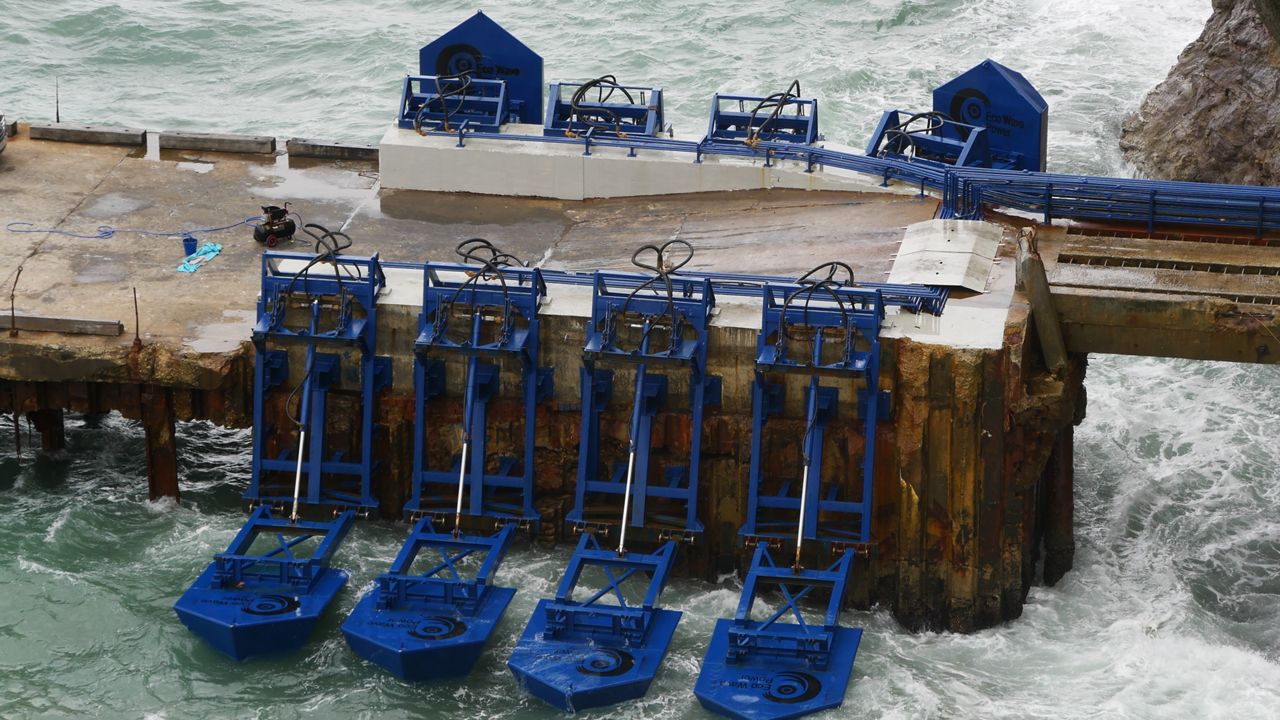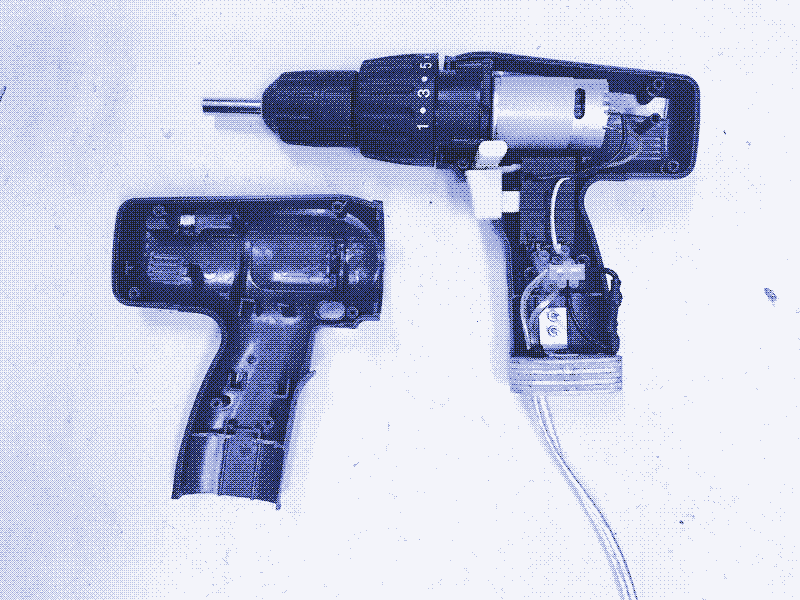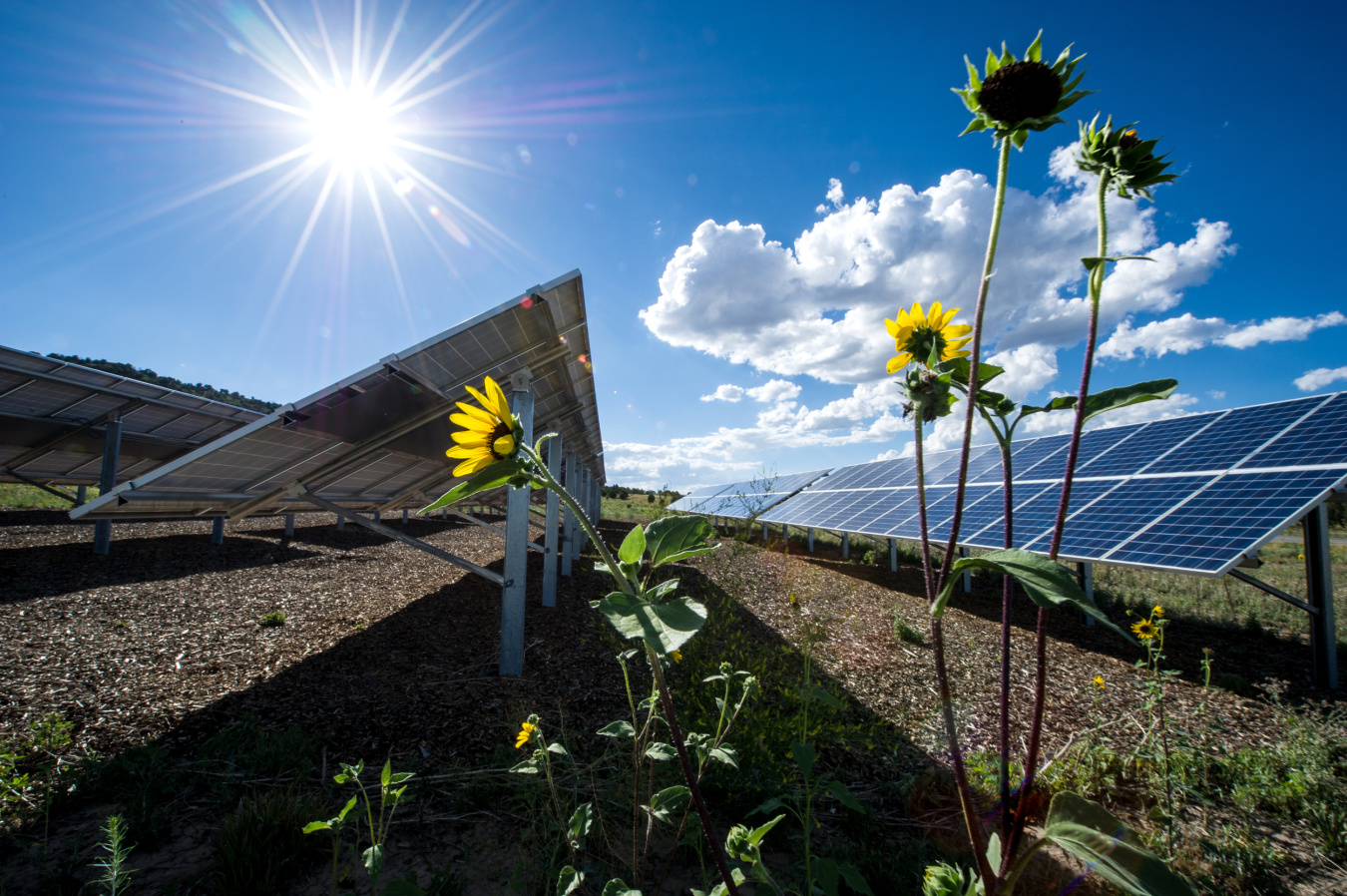Harnessing Ocean Energy: Wave Power Technology Advances
Ocean waves, a powerful and constant force, hold untapped potential for clean and renewable energy. Wave power technology, a rapidly advancing field, explores innovative ways to harness this energy source to meet our growing power needs. This article delves into the evolution of wave power technology, its current state, and the promising future it holds for sustainable energy production.
The Essence of Wave Power Technology: Tapping into Ocean Energy
Wave power technology revolves around capturing the kinetic energy generated by the movement of ocean waves. This energy is then converted into electricity, offering a renewable and environmentally friendly alternative to traditional energy sources. The key challenge lies in developing efficient and reliable technologies that can withstand the harsh marine environment.
For an in-depth exploration of wave power technology and its potential applications, visit Wave Power Technology. This resource provides comprehensive insights into the advancements and possibilities within the field.
Evolution of Wave Power: From Early Concepts to Modern Innovations
The concept of wave power dates back several decades, but recent years have seen significant advancements. Early designs, such as oscillating water columns and point absorbers, laid the groundwork. Modern innovations include more sophisticated systems like oscillating bodies, attenuators, and overtopping devices. These advancements showcase the continuous evolution of technology in capturing and converting wave energy.
Oscillating Water Columns: Harnessing Air Pressure Variations
One of the early concepts in wave power technology is the oscillating water column. This system utilizes the rise and fall of water levels within a chamber to create air pressure variations. The movement of air is then used to drive a turbine, generating electricity. While effective, oscillating water columns often face challenges in terms of efficiency and maintenance.
Point Absorbers: Efficient Energy Conversion in Open Water
Point absorbers are designed to move with the motion of the waves, capturing energy as they oscillate. These floating structures typically consist of a buoyant platform connected to a column that houses a generator. As the platform moves with the waves, the column’s motion is used to drive the generator, converting wave energy into electricity. Point absorbers offer efficient energy conversion in open water environments.
Oscillating Bodies: Mimicking the Motion of Sea Creatures
Inspired by the efficient swimming motion of marine creatures, oscillating bodies in wave power technology mimic these movements. These systems use the oscillation of submerged or floating structures to generate energy. The flexibility and adaptability of oscillating bodies make them suitable for various wave conditions, offering a versatile approach to harnessing wave power.
Attenuators: Maximizing Energy Capture Across Wave Fronts
Attenuators are long, floating structures that align with the direction of wave propagation. These devices consist of multiple segments connected by joints, allowing them to move with the waves. The relative motion between segments is used to drive hydraulic pumps or generators, maximizing energy capture across wave fronts. Attenuators present a promising solution for efficiently harvesting wave energy.
Overtopping Devices: Channeling Wave Energy for Power Generation
Overtopping devices utilize the potential energy of waves that flow over a structure. This design typically includes a reservoir or basin on the structure’s elevated part, and as waves overtop, water is channeled into the reservoir. The collected water is then released to drive turbines and generate electricity. Overtopping devices showcase an innovative approach to capturing wave energy in a controlled manner.
Challenges in Wave Power Technology: Navigating the Seascape
While wave power technology holds immense promise, it faces challenges in terms of reliability, maintenance, and integration into existing energy infrastructure. The harsh marine environment, potential environmental impacts, and the variability of wave patterns are factors that require careful consideration. Addressing these challenges is crucial for the widespread adoption of wave power as a viable energy source.
Future Prospects: Advancements and Integration
The future of wave power technology looks promising with ongoing research and development efforts. Advancements in materials, design, and control systems aim to enhance the efficiency and durability of wave energy converters. As these technologies mature, the integration of wave power into the broader energy landscape becomes increasingly feasible, contributing to a more diversified and sustainable energy mix.
Environmental Benefits: A Clean and Renewable Energy Source
One of the significant advantages of wave power technology is its environmental sustainability. Unlike fossil fuels, wave power produces electricity without emitting greenhouse gases or contributing to air and water pollution. Harnessing the power of the ocean contributes to cleaner energy production and aligns with global efforts to mitigate climate change.
Conclusion: Riding the Wave Towards Sustainable Energy
In conclusion, wave power technology represents a frontier in the quest for sustainable and renewable energy sources. The journey from early concepts to modern innovations reflects the industry’s commitment to overcoming challenges and unlocking the vast potential of ocean energy. As advancements continue and integration becomes more seamless, harnessing the power of ocean waves will play a pivotal role in shaping a sustainable energy future.





